- 한국어
- English
- 日本語
- 中文
- العربية
- Español
- Français
- Deutsch
- Pусский
- Tiếng Việt
- Indonesian
By Honorary Reporter Dayviana Diaz from Cuba
Photos = Dayviana Diaz
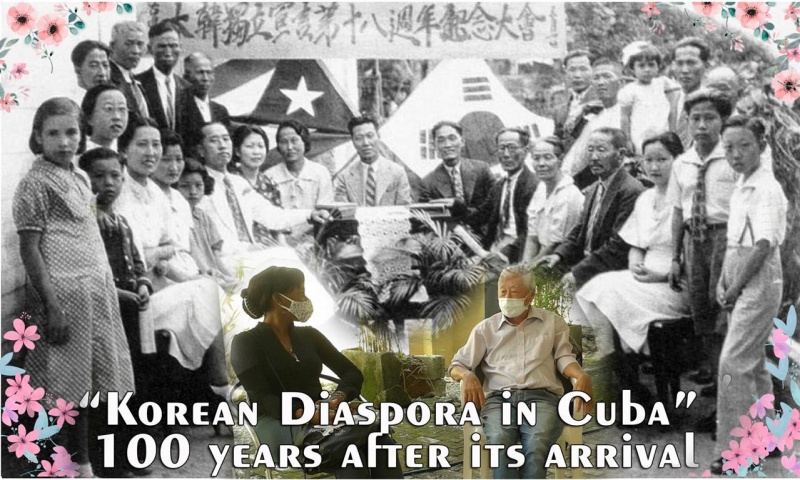
March 25 this year marked the centennial anniversary of the arrival of the first Korean immigrants in Cuba. About 300 such people in 1921 arrived in the island nation through the port of Manati in Las Tunas, Cuba, from Yucatan, Mexico, in search of work and a better life.
In that port, an obelisk has a plaque reading "Three hundred Korean immigrants from Mexico arrived in Cuba through this port of Manati on March 25, 1921, on the vessel Tamaulipas. These descendants integrated into Cuban society and live today in different provinces of the country with the imperishable memory of their ancestral roots."
Antonio Kim, president of the Korean Association in Cuba, explains how the Koreans got there, why they moved to Cuba and what became of them in this interview.
How did Korean immigrants arrive and settle in Cuba?
Before arriving in Cuba, 1,033 Korean immigrants in February 1905 first traveled to Mexico from Incheon. All but three of them reached Salinas Cruz, Mexico, after a 45-day trip. They went to Mexico to leave a precarious situation in Korea because of Japanese occupation at the time and the availability of low-paying jobs on henequen plantations. At the time, such work was one of the most difficult and lowest-paid jobs in both Mexico and Cuba.
After 16 years, they arrived in Cuba. The Korean story in Cuba began when a Cuban businessman went to Mexico in search of cheap labor and hired 300 Koreans who lived there. That group included my grandparents and my dad, who was 11 at the time. They entered the Manati port on March 25, 1921. They soon began working at sugarcane plantations in the eastern provinces, but learned that the province of Matanzas had jobs on henequen plantations, so the majority moved west. The Koreans brought their experience of working on such plantations in Mexico, so they moved to these places in search of work. This is why most ethnic Koreans in Cuba are from those localities, including my grandparents.
In Matanzas, they were transferred to the henequen farm El Bolo, which was to be the site of the largest Korean community in Cuba. Today a monument there pays tribute to the Koreans who settled in the area.
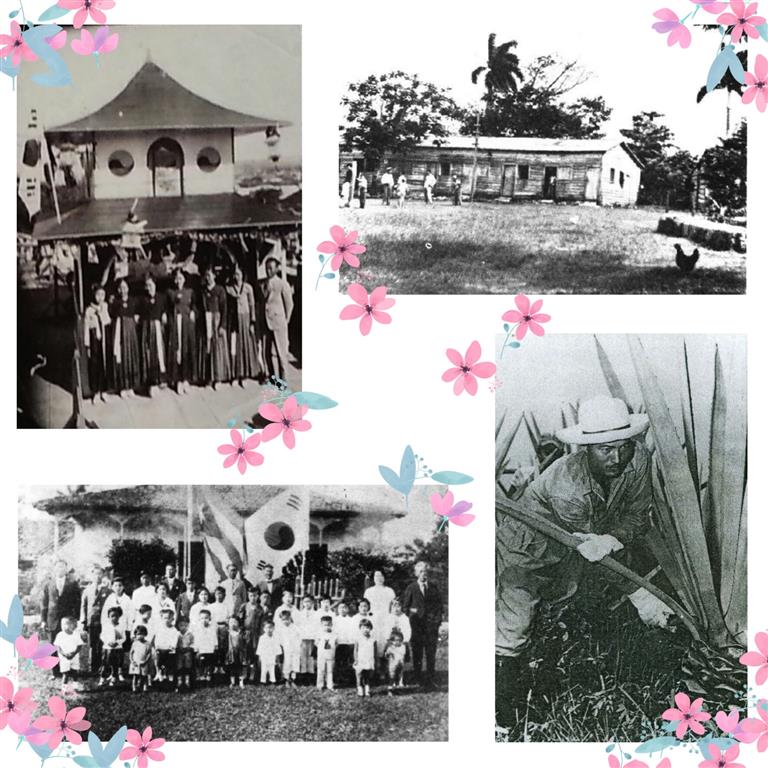
The farm El Bolo was where the largest Korean community in Cuba formed.
How did Koreans unite in Cuba?
Before 1959, the Koreans in the cities Matanzas and Cardenas lived as a tight-knit community and formed the Korean National Association (KNA) in each city. The one in Matanzas was set up in November 1921 and that in Cardenas in August 1927. In Havana, however, the Koreans there were dispersed and had no such relationship. Initially, many Korean families in Cardenas didn't know each other and were mistaken for Chinese. Through the KNA, they began to unite and get to know each other. The Korean Women's Association and the Korean Youth Association, both based at the El Bolo farm, were also formed.
What purposes did these associations serve?
These associations sought to keep us united, preserve Korean culture and above all, keep Korean traditions alive such as food since Koreans have always been proud of their cuisine. Another fundamental goal was to preserve their mother tongue and provide the next generation born on the island with access to their ancestors' language. At that time, many older Koreans began to teach Korean to the younger generation. In addition, traditional Korean houses were built and homes hoisted Taegeukgi, the Korean national flag. Succeeding generations of the immigrants' descendants have strived to preserve Korean culture in Cuba and retain their ethnic identity.
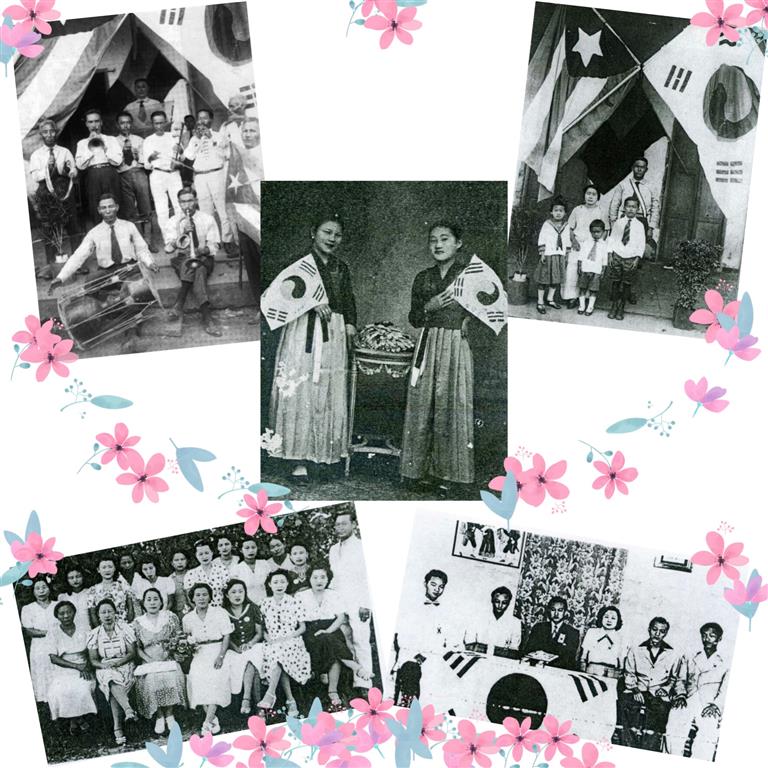
The Korean Women's Association and the Korean Youth Association were formed to preserve Korean traditions in Cuba.
Did the Koreans in Cuba help the Korean independence movement?
Despite earning little money, our grandparents donated almost 80% of their pay to support the war effort in their motherland. The Korean government has a list of the names of those who contributed to the independence fight on the Korean Peninsula. Six medals have gone to families of war patriots in Cuba for providing economic aid and the awarding to another 13 is under consideration, including my grandfather Manuel Kim (Kim Se-won). Certain relatives of Korean immigrants in Cuba live in Korea today thanks to the Korean government giving the descendants of these patriots the right to move there and obtain citizenship. In Cuba, two families receive a stipend and four are in the process of receiving it.
This financial support for Korean liberation was led in Cuba by Lim Cheon Taek, who was responsible for collecting donations and sending the funds to Korea. This is why he was the first in Cuba to gain recognition as a national patriot and receive a medal, but the contributions came from a large Korean community that made sacrifices for their motherland.
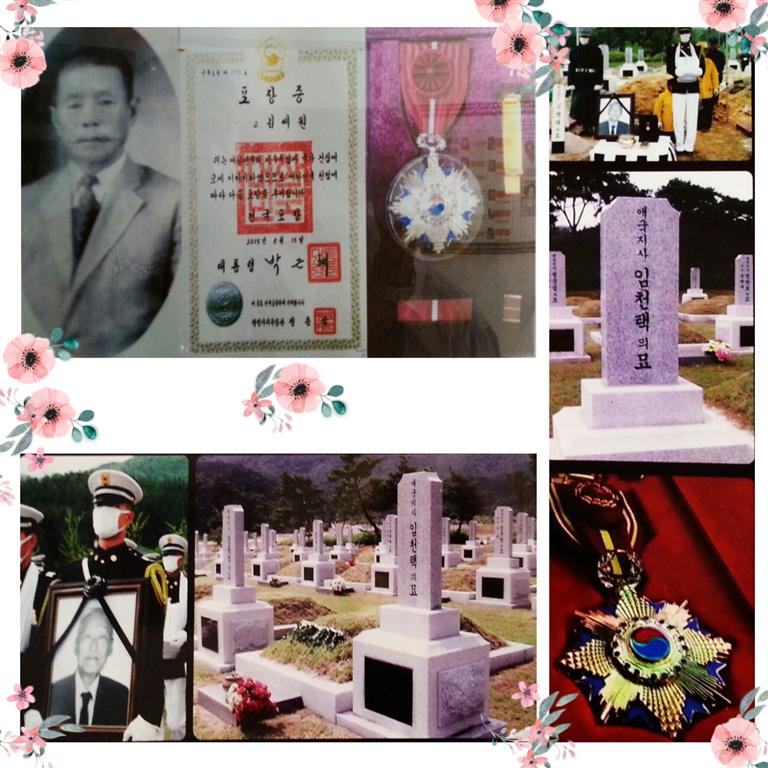
The Korean government has recognized Koreans immigrants in Cuba Lim Cheon Taek and Manuel (Se-won) Kim as national patriots.
Have Koreans in Cuba played a role in the island nation's history?
Yes, and the most prominent is Jeronimo Lim (Lim Eun-jo), the son of Lim Cheon Taek. Jeronimo Lim was a student leader, an Orthodox Party member and a clandestine fighter in the capital who backed the 26th of July Movement in 1953 and later the Cuban Revolution (1953-59). He went on to hold high positions in the government.
Rosendo Kim from the town of Jovellanos was also a clandestine fighter and government leader in Matanzas. Adolfo Lim also from Matanzas was an clandestine fighter, and my cousin Edilberto Lim Kim was a pilot who served in wars in Angola, Ethiopia and other African countries.
As for me, I was involved in the U.S. Bay of Pigs invasion in the seaside village of Playa Giron in 1961, pursued military studies in Russia and served in the Cuban Revolutionary Armed Forces for 27 years.
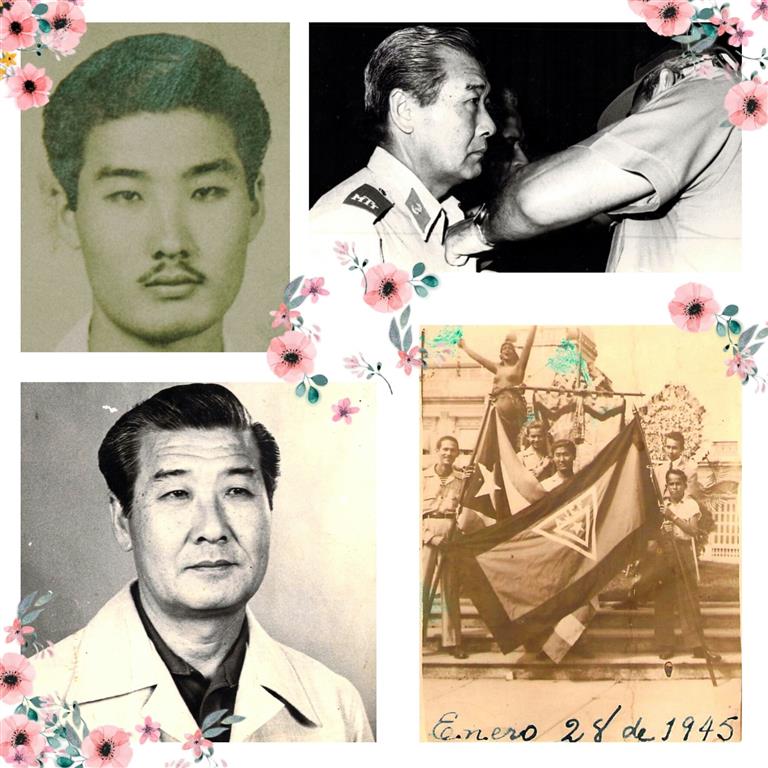
Jeronimo Lim is the most famous ethnic Korean in Cuba. Like his father, Lim played a key role in the integration of the Korean community in the Caribbean country.
What is the status of ethnic Koreans in Cuba today?
KNA leader Jeronimo Lim began a census of Koreans in Cuba from the 1990s, visiting Manatí, Matanzas and Cardenas for this task. When he died in 2006, I took over as head of the association and have continued his work of bringing Koreans together in Cuba.
In Havana, the KNA has arranged instructors to teach Korean to the descendants of Korean immigrants and the Cuban public. We also helped build the Club Martiano Cuba Corea Museum opened in 2014, with assistance from the Korean government. We have two Korean-language classrooms with two Cuban teachers. Two other classrooms are in Casa de Asia and another in the municipality of Boyeros, and two Korean schools in Cardenas and Camaguey.
In addition, the museum offers Korean cooking classes once a month and hosts events both related to Korea and Cuba. Since 2013, we have sent young descendants of the immigrants to Korea to study for three months in subjects such as Korean cuisine, hairdressing and baking. Before the COVID-19 pandemic, we used to send every year a group of young people for cultural exchange between Korea and Mexico and Cuba.
In addition, we offer financial assistance to those aged 60 or over, the disabled, victims of natural disasters and the sick, mainly those affected by COVID-19, at least three times a year with help from abroad and donations. We have maintained support for our community, though to a lesser extent, despite the pandemic. Through social networks, the leader of each province keeps us updated on the problems and needs of the Korean community.
The Cuban provinces with the largest numbers of ethnic Koreans are Cardenas with 309 and Havana with 269, with a combined 1,092 descendants. Among these, 19 "pure Koreans" are in Matanzas, 15 in Cardenas and 15 in Havana.
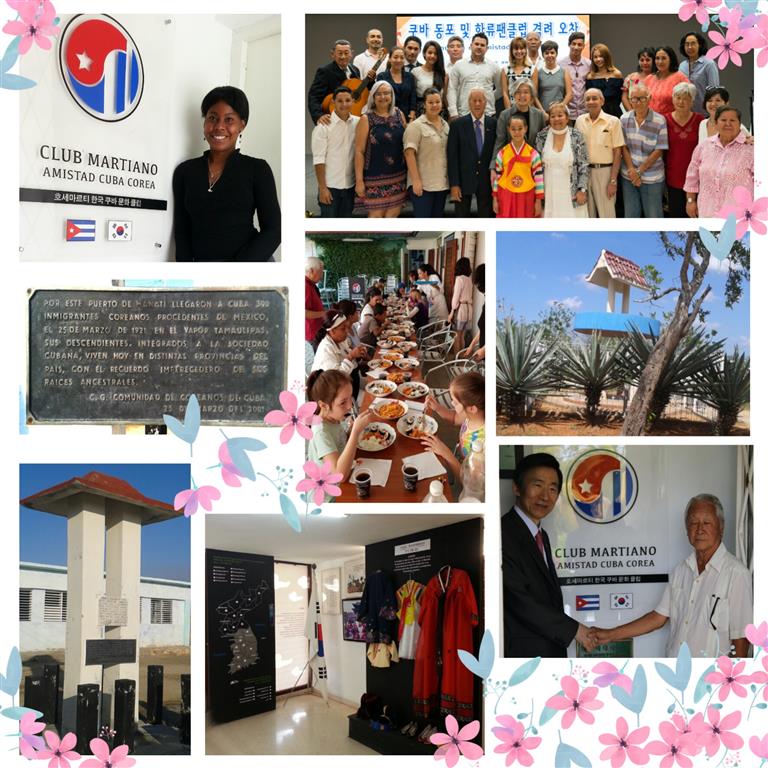
Antonio Kim is the president of the KNA and director of the museum Club Martiano Cuba Corea. The photos also show monuments to the ethnic Korean community in Cuba.
enny0611@korea.kr
*This article is written by a Korea.net Honorary Reporter. Our group of Honorary Reporters are from all around the world, and they share with Korea.net their love and passion for all things Korean.
